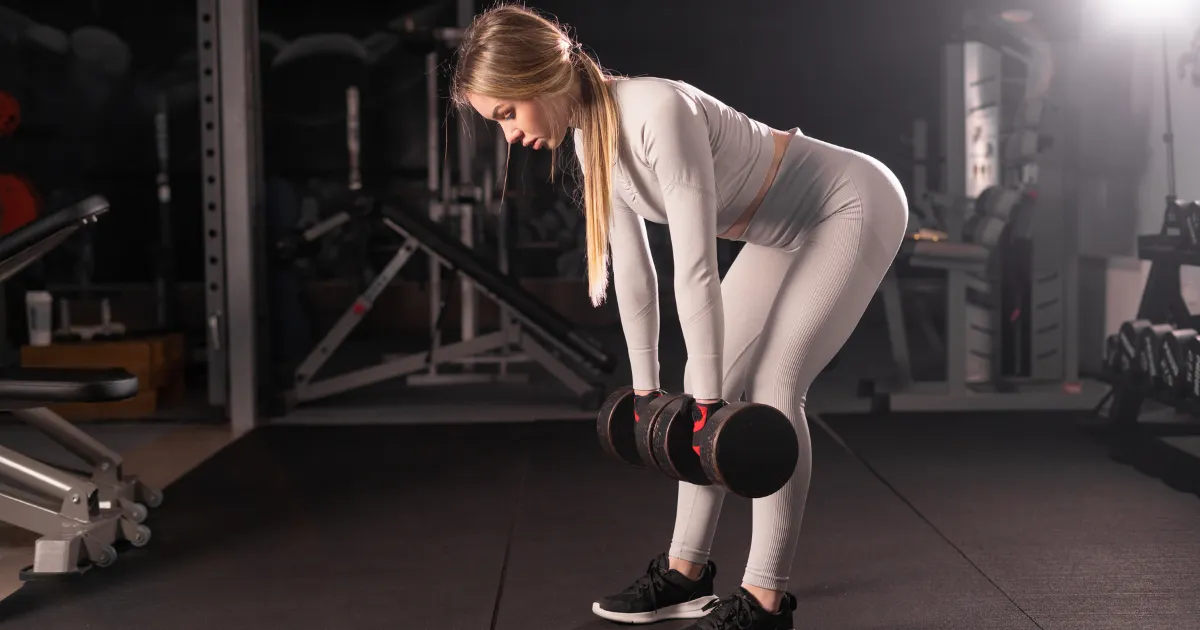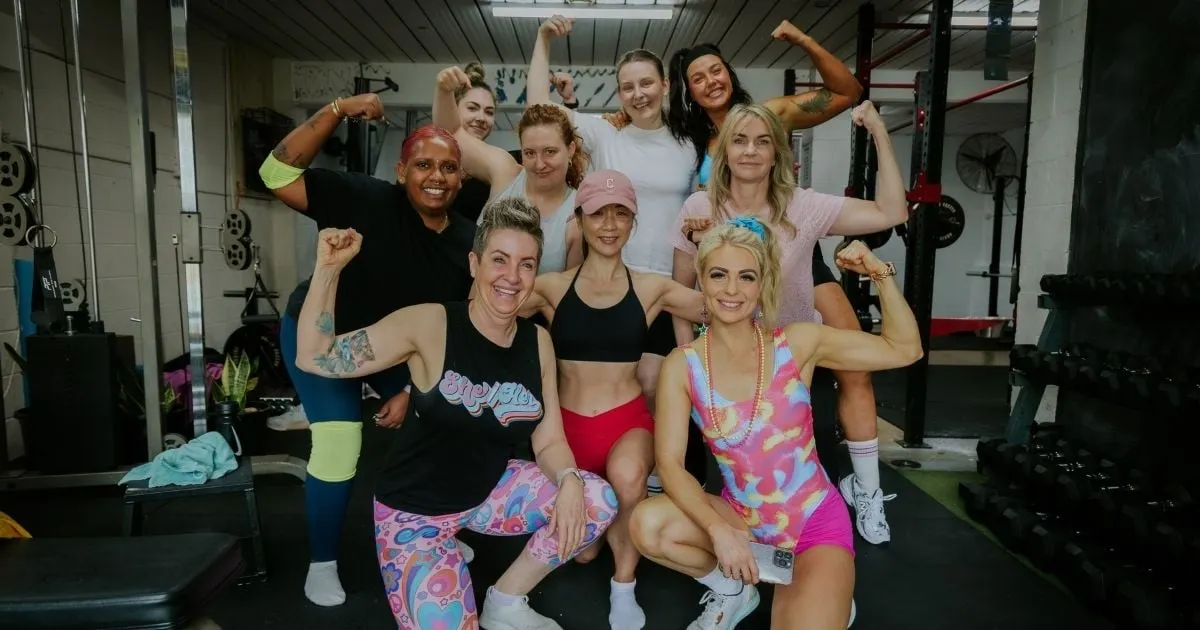Is Lifting Weights Safe for Teenage Girls? Myths vs. Facts
The Truth About Strength Training and Teen Development
If you're a teenage girl considering strength training, or a parent wondering if it's safe, you're not alone.
One of the most common concerns we hear is this: “Will lifting weights stunt my daughter’s growth?”
The truth? That’s a myth, and one that has held back generations of young girls from developing the strength, confidence, and physical resilience they deserve.
With the right approach, strength training doesn’t harm development, it enhances it.
Myth: Lifting Weights Stunts Growth
Fact: Strength Training Improves Growth, Bone Health & Resilience
Scientific research has clearly shown that resistance training, when supervised and appropriately programmed does not negatively impact growth plates.
In fact, it can have the opposite effect:
- It improves bone mineral density, especially important for girls as they enter puberty.
- It strengthens tendons, ligaments, and joints, reducing the risk of injuries in sport or daily life.
- It enhances postural control, coordination, and movement quality, which are critical in growing bodies.
When girls are guided properly, lifting weights becomes a safe, empowering, and effective form of physical development.
Why Strength Training Should Start in the Teenage Years
The teenage years are a powerful window for building strong foundations physically, mentally, and emotionally.
Resistance training during this stage of life has long-lasting benefits:
- It helps shape lifelong healthy habits
- It supports self-esteem, confidence, and body awareness
- It reduces the risk of future injuries and health complications
- It sets the tone for positive relationships with movement and fitness
Strength training isn’t about bulking up it’s about building the physical literacy and confidence girls need to thrive.
How to Make Strength Training Safe for Teen Girls
Safety doesn’t come from avoiding the gym, it comes from doing things the right way.
Here’s what a safe and effective strength training approach looks like:
- Start with body weight and resistance bands to learn movement mechanics
- Progress gradually with light dumbbells, only when technique is sound
- Teach form, not force perfect reps matter more than heavy loads
- Include a variety of full-body movements, not just isolated exercises
- Supervise and educate this is where great coaches make all the difference
Strength training is not a one-size-fits-all process. It needs to be adjusted for age, maturity, experience, and goals.
The Importance of a Periodised Program
While the “how” is important, the structure behind it matters just as much.
A properly periodised resistance training plan is the safest and most effective way to ensure:
- Recovery is balanced with training stress
- Progress is measured and incremental
- Training doesn’t interfere with school, sports, or hormonal cycles
- The program evolves as the athlete does, meeting her where she’s at
Whether a girl is playing sport competitively or simply wants to feel strong and capable, her training should support, not compete with her life.
Every Girl Deserves to Feel Strong, Safe & Capable
Strength training is one of the best things a teenage girl can do to support her growth, athleticism, and confidence.
The key is starting with the right guidance, the right environment, and a plan designed with her whole development in mind.
If strength training is something you'd like to explore in a beginner-friendly and supportive way, click here to learn how to get started.


